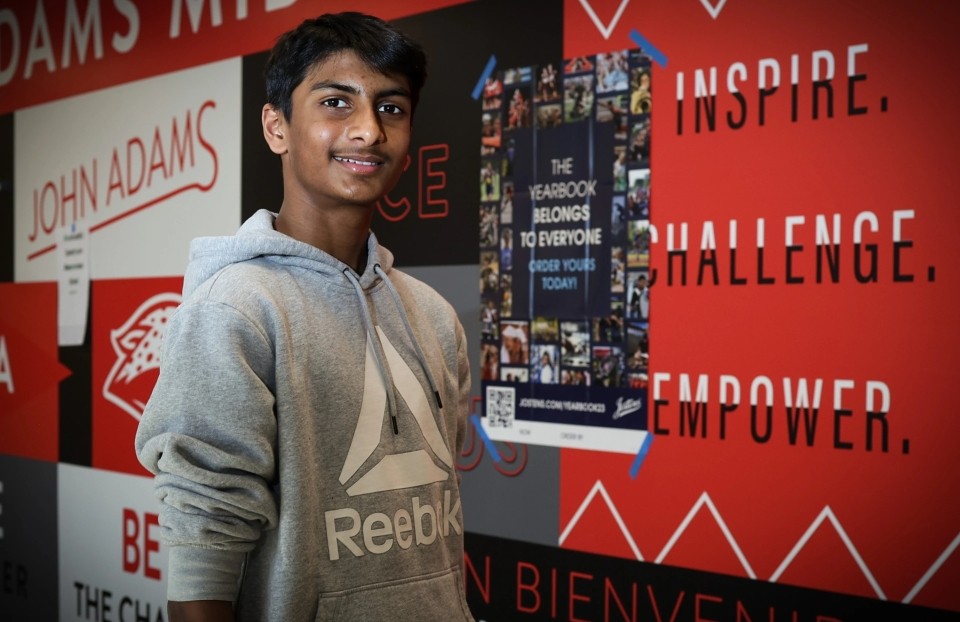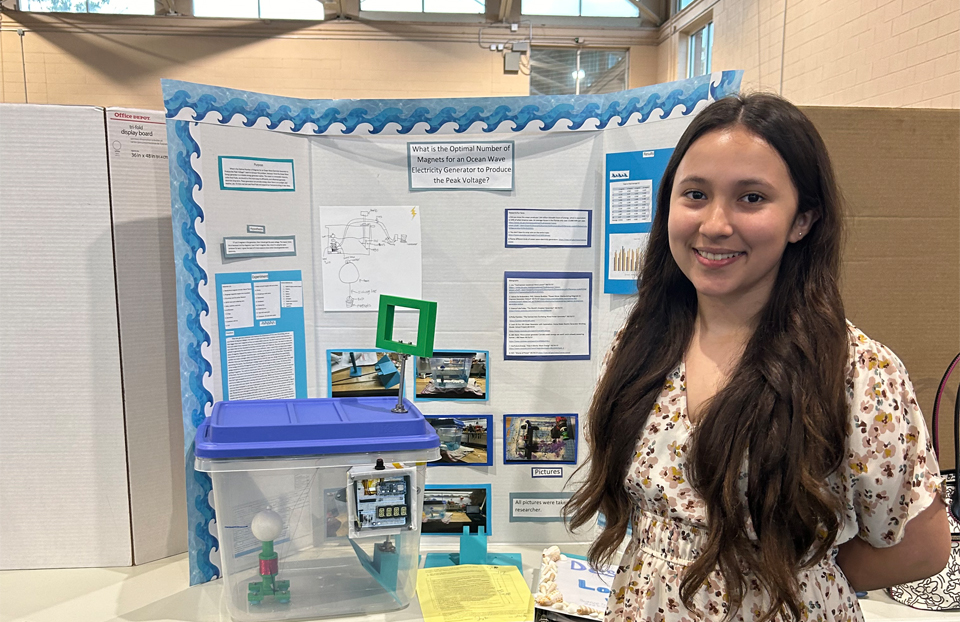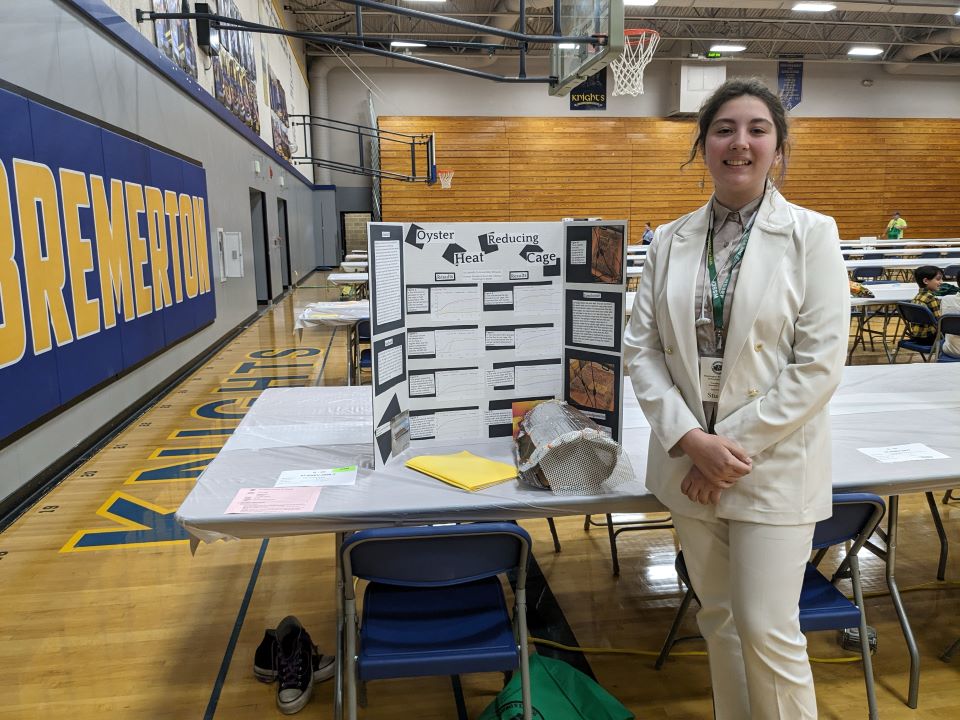Broadcom MASTERS, Lemelson Foundation, Young & Amazing
This invention will blow fossil fuels away
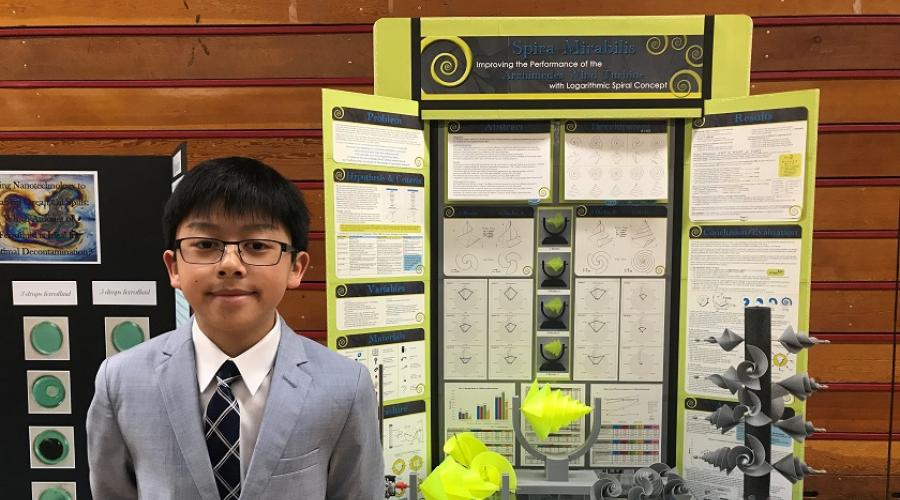
Annually for three years, The Lemelson Foundation will give $100 awards to outstanding inventors in up to 270 Society Affiliate Fairs with middle school participants around the country. The prize was specially created to reward young inventors whose projects exemplify the ideals of inventive thinking by identifying a challenge in their community and creating a solution that will improve lives.
Seventh-grader, Jordan Prawira (BCM 2018, 2019) attends Altamont Elementary School in Mountain House, California. In 2019, he was named to a list of top 300 innovators in the country in the Broadcom MASTERS, the nation’s premier middle school STEM competition. Earlier this year, he was awarded the Lemelson Early Inventor Prize for his take on the Archimedes wind turbine, which is aimed to be more compact and efficient than other converters of wind power.
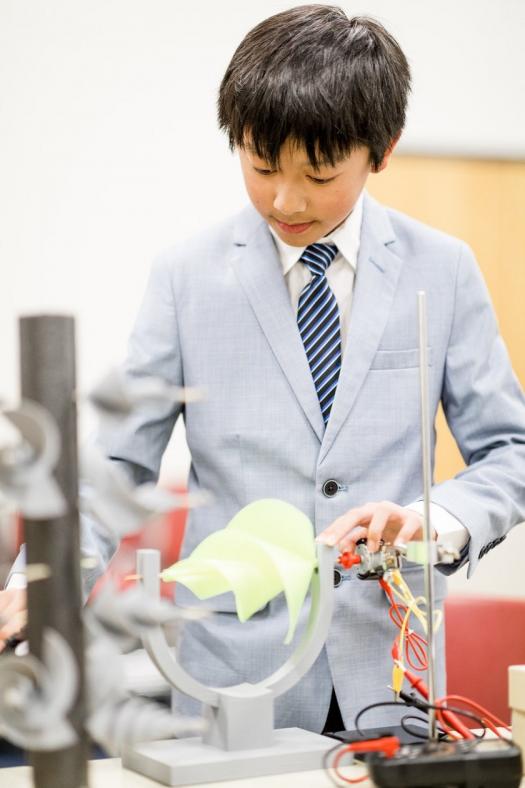
Jordan was elated to receive the prize from the Lemelson Foundation: “When I received the prize, I felt that people believed my turbine had the potential for real-world applications,” said Jordan. “This recognition gave me the inspiration to work harder on inventing a better turbine for urban and residential areas, especially to cut emissions produced by the use of fossil fuels.”
Jordan’s project is a passion project that he’s been working on for a couple years. “My sister Jacqueline (BCM 2018) and I built a wind turbine for a Science Olympiad event. We were confident about our design, but we ultimately did not win the event,” said Jordan. “From then on, I pursued various wind turbine projects, including horizontal and vertical axis turbines, and an Archimedes wind turbine, with the overall goal to increase efficiency and power.”
Jordan’s inspiration came from observing hurricanes. He noticed that the winds during the progression of a hurricane become more powerful over time. For his Broadcom project, Jordan went with a spiral design for the rotors, similar to a corkscrew, instead of the three or four thin blades on a traditional turbine. With his corkscrew design, there is more surface area to catch the wind, therefore it takes less wind than a traditional turbine to rotate the same distance and generate the same amount of energy.
Jordan tested his turbine at home with the help of a box fan. He designed four different wind turbines and tested them at three different wind speeds and 26 different geographic coordinates and wind directions. The winds were simulated using a box fan placed a foot away from the turbine. To test how efficient the turbine was at converting wind power to energy, he connected it to a multimeter, a device used to measure voltage. He then analyzed the data.
Of the different wind turbines Jordan has designed, he thinks the Archimedes turbine has come the closest to real-world applications. Through rigorous testing he found that it has an efficiency of up to 44%, compared to smaller-scale commercial turbines on the market. Jordan’s prototype is much smaller, about one-fifth the size of most commercial turbines, and can still produce a high efficiency, even at a third of the wind speed (five to eight meters per second).
Jordan’s hope is that his project will help accelerate society’s transition from fossil fuels to renewable energy sources. Thus far, Jordan has worked on his project independently and with the support of his family, but has not yet had the opportunity to work with a mentor in an academic lab. In the future, Jordan hopes to pursue engineering or software development.
“My vision is to make alternative energy no longer an alternative,” Jordan said.
